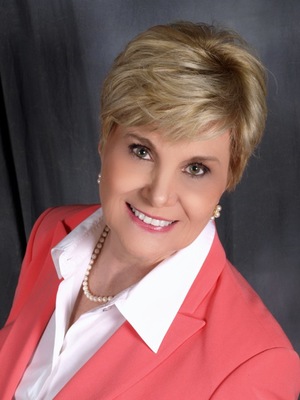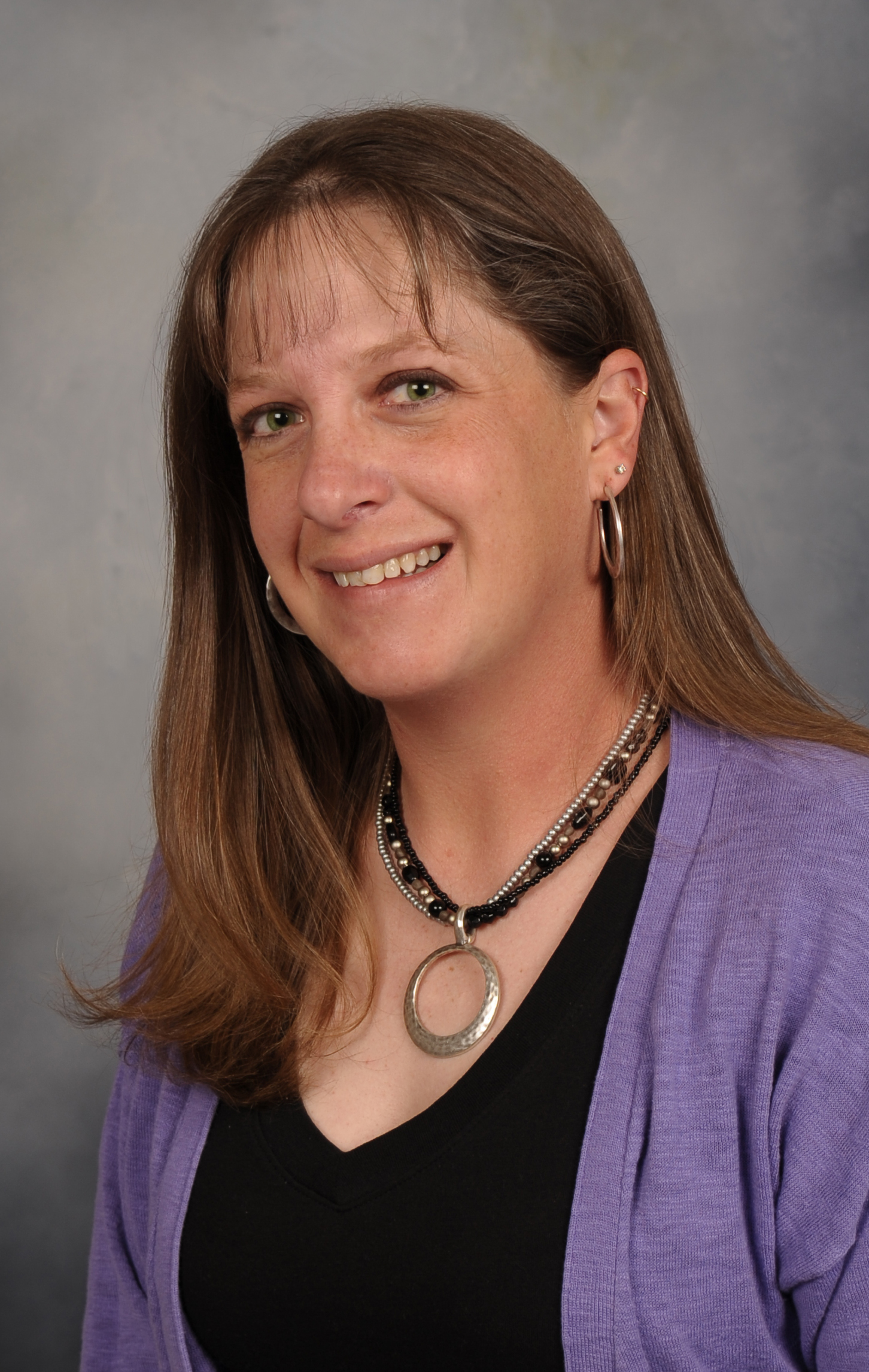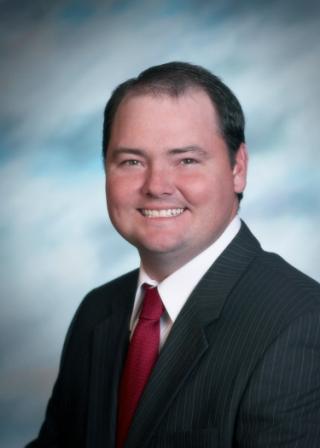
Inside the house, this might involve moving furniture or adding bright pillows and throws. Outside, the possibilities are endless. One so inclined might use pallets to construct upright gardens that grow along a fence or garage wall or outdoor forts and furniture. Those who love funky yard art might head for the scrap heap to find broken down metal pieces that lend themselves to new lives as flywheel-bodied birds and insects with plier head ornaments, harrow tailed beasts, or disc and rebar mammals.
Waste not, want not is the mantra for folks who recognize a dolphin, stallion, or buffalo sculpture in a pile of rusty nuts, bolts, and gears. You can’t help but admire these creative spirits for both their vision and their skillset. Holy cow, they visualize a final product and then weld it out of what others tossed in the trash pile.
Think about possibilities waiting to be born from scrap heaps in garages, barns, and at the junk dealer’s. Old tractor seats wait to find a new life as a critter or a crazy looking picnic stool. Gazillions of metal knobs, faucets, and handles oxidize in isolation until inventive sorts spy them and reimagine them as garden fountains, coat racks, or google eyes on a dragon.
One young welder I know sees possibility in just about anything. He can take garage sale or auction- found plumbing pipes and turn them into high-end embellishments. I particularly like the innovative lamps he makes. If he gets tired of his day job, he could make a living selling his one of a kind furnishings and light fixtures.
In addition to scoping out creative neighbors, a stop at area flea markets or the Kansas Store on I-70 offers potential buyers and craftspeople a chance to see welded art creatures first hand. As a result of such adventures, my brother’s backyard now sports a tractor-seat-bodied and tailed strutting turkey. Who knows what discarded parts form its wattle. A welded grasshopper made of once useless implement parts guards mom’s roses. A heavy bodied woodpecker constructed from old plates, gears, and wheels climbs her trellis. A roadrunner made of soldered spikes oversees her dining room. My own collection includes a heavy-duty rooster, long-legged heron with leaf rake tail, and rusty armadillo formed from bits of rebar.
My husband recently bought a welder so once I find a source for metal, our menagerie will expand. Unlike living pets, these repurposed ones don’t require food or cleaning up poop. Besides, flying pigs and unicorn frogs exist in this world.
As you spring clean and find odd piles of metal or wood, consider the possibilities. How can you recycle junk into yard art that entertains you and visitors who happen to spot your creations? It’s not like we don’t have a model for grassroots art in nearby Lucas, Kansas.
Native Kansan Karen Madorin is a local writer and retired teacher who loves sharing stories about places, people, critters, plants, food, and history of the High Plains.
























